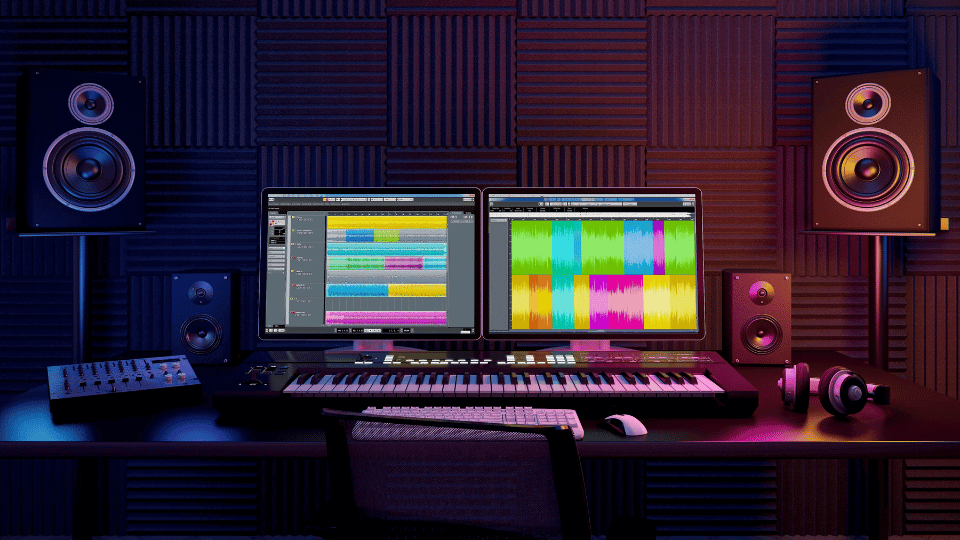Techno music, with its pulsating beats, futuristic sounds, and infectious energy, has become a global phenomenon. From underground clubs to major festivals, techno hits have captivated audiences and shaped the electronic music landscape. In this article, we will delve into the origins of techno, its key characteristics, and its influence on contemporary music. So, put on your headphones and get ready to dive into the world of techno hits!
The Birth of Techno
Techno-music emerged in the 1980s in Detroit, Michigan, as a response to the city’s economic decline and social unrest. Influenced by genres like disco, funk, and electro, techno pioneers such as Juan Atkins, Derrick May, and Kevin Saunderson created a new sound that combined repetitive beats, synthesized melodies, and futuristic textures. The use of drum machines and synthesizers played a crucial role in defining the distinct sound of techno hits.
Key Characteristics of Techno
Techno is characterized by its driving rhythm, often featuring a four-on-the-floor beat, where the bass drum hits on every beat. The tempo typically ranges from 120 to 150 beats per minute, creating a fast-paced and energetic vibe. Techno tracks often incorporate repetitive and hypnotic elements, with layers of synths, samples, and effects creating a sense of tension and release. The genre also embraces experimentation, allowing artists to push boundaries and explore new sonic territories.
Subgenres and Styles
Over the years, techno has branched out into various subgenres and styles, each with its own unique characteristics. Some notable subgenres include:
- Detroit Techno: The birthplace of techno, Detroit techno is known for its soulful melodies, deep basslines, and futuristic atmospheres. Artists like Carl Craig, Underground Resistance, and Jeff Mills are synonymous with this style.
- Acid Techno: Inspired by the distinctive sound of the Roland TB-303 synthesizer, acid techno is characterized by its squelchy and distorted basslines. Artists like Chris Liberator, Stay Up Forever, and Hardfloor have made significant contributions to this subgenre.
- Minimal Techno: As the name suggests, minimal techno focuses on stripped-down, repetitive rhythms and minimalistic arrangements. Artists like Richie Hawtin, Ricardo Villalobos, and Robert Hood are associated with this style.
Techno’s Global Reach
Techno-music quickly spread beyond its birthplace in Detroit, finding enthusiastic audiences in Europe, particularly in cities like Berlin, London, and Amsterdam. The Berlin techno scene, in particular, has gained international acclaim for its vibrant clubs, legendary DJs, and cutting-edge sound. Festivals like Awakenings, Time Warp, and Movement have become pilgrimage sites for techno enthusiasts worldwide, showcasing the genre’s global reach and influence.
Techno in Contemporary Music
Techno’s impact extends far beyond the genre itself, influencing a wide range of musical styles and artists. Elements of techno can be heard in electronic dance music (EDM), house music, trance, and even pop music. Artists like Daft Punk, The Chemical Brothers, and Aphex Twin have incorporated techno elements into their music and have helped popularize the genre to a wider audience.
In conclusion, techno hits have revolutionized the music industry, pushing boundaries and inspiring countless artists across the globe. From its humble beginnings in Detroit to its global reach today, techno continues to evolve and shape the electronic music landscape. Whether you’re a fan, a DJ, or a producer, exploring the world of techno hits can open up a world of creativity and sonic possibilities. So, embrace the infectious beats, immerse yourself in the futuristic sounds, and let techno take you on a journey like no other.
Key Takeaways
- Techno music emerged in Detroit in the 1980s and combined repetitive beats, synthesized melodies, and futuristic textures.
- Techno is characterized by its driving rhythm, fast-paced tempo, and hypnotic elements.
- Subgenres like Detroit Techno, Acid Techno, and Minimal Techno have unique characteristics and influential artists.
- Techno’s global reach has made it popular in cities like Berlin, London, and Amsterdam.
- Techno has influenced a wide range of musical styles and artists, including EDM, house music, and pop music.
If you’re passionate about electronic music and want to explore the music industry further, consider taking the “NYU x Billboard | Music Industry Essentials” online course and certificate program offered by Yellowbrick. This comprehensive program provides insights into the music business, including marketing, artist management, and music licensing. Gain the knowledge and skills to navigate the industry and turn your passion for music into a career. Don’t miss out on this opportunity to take your music journey to the next level.






